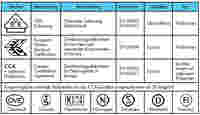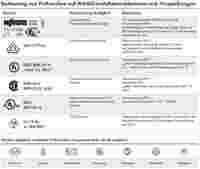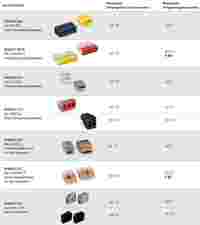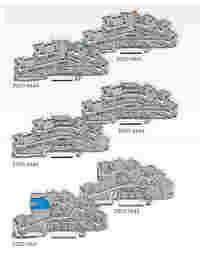Electrical installation: How does an ambitious do-it-yourselfer handle electrical work?
By saying: I’ll do a little of that electrical work myself. Thanks to this attitude, electrical professionals often encounter laymen’s work – especially while making service calls in private homes. One thing is certain: Electrical installation is a business for professionals, not amateurs. But how should electrical professionals respond to DIY installations? Volker Kuhlmann, ELECTRICAL INTERCONNECTIONS technical customer consultant at WAGO, cites the legal basis and gives tips.
The Material Is No Problem
“When laymen perform electrical installations in private homes, there’ a danger that they, not only can they do a lot wrong, but they can also pose a risk to both their own lives and the lives of those around them,” warns Volker Kuhlmann. OK, so how do unskilled electricians actually get the right materials for the job? “In addition to distribution via electrical wholesalers to electrical specialists, WAGO products are also available to anyone via other distribution channels” – DIY stores or the Internet.
The Legal Basis
WAGO therefore points out that laymen are generally prohibited from performing electrical work. “This prohibition extends to the entire residential electrical system, including the replacement of equipment such as sockets and switches. It makes no difference if the material in question was acquired through the open market,” says Kuhlmann as clarification. In this context, he refers to Section 13 of the German Low Voltage Connection Ordinance (Niederspannungsanschlussverordnung – NAV).
NAV – Section 13
NAV is the acronym for the German Low Voltage Connection Ordinance. It is a national ordinance on general conditions for grid connection and its use for low voltage electricity supply.
Section 13 deals with “Electrical Installation.” Section 13, subsection 2 states: “[...] Apart from the grid system operator, the work may only be performed by an installation company entered in an installer directory of a grid system operator; in the interest of the subscriber, the grid system operator may only make an entry in the installer directory based on proof of sufficient technical qualification to perform the job. [...]
Source: Federal Office for Justice
Note to Those Responsible
Legality is one thing, but the reality is another. “It is advisable to notify the system’s operator, for example the landlord, and to shut down the electrical system in order to counteract possible claims for damages, as well as personal injury and damage to property,” advises Volker Kuhlmann. If the system is not shut down, the advice to do so should at least be documented in writing. To avoid this from the outset, the following note carries tremendous weight: “If the layperson causes damage by their faulty electrical installation, the layperson’s insurance does not guarantee coverage.”
What can electrical laymen do themselves?
From the point of view of ambitious do-it-yourselfers, the question then arises of what work laypeople should be allowed to perform and when it’s time to call a professional. In this blog article, an insurance company provides concrete answers and work for electrical laypeople, such as changing bulbs or setting junction boxes.
Who is liable for infringement?
If the regulation is violated, you are threatened with nothing, not even a fine – as long as nothing happens. “But if incorrect installation leads to a cable overload and an apartment fire, or if a person suffers an electric shock, then the do-it-yourselfer is liable,” says Volker Kuhlmann.






